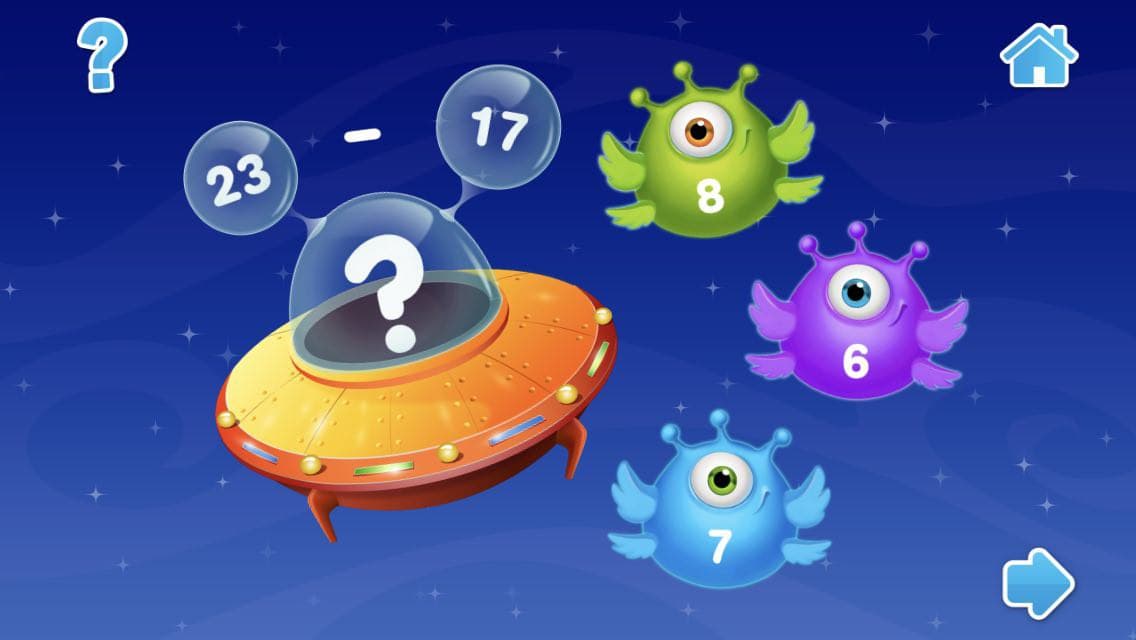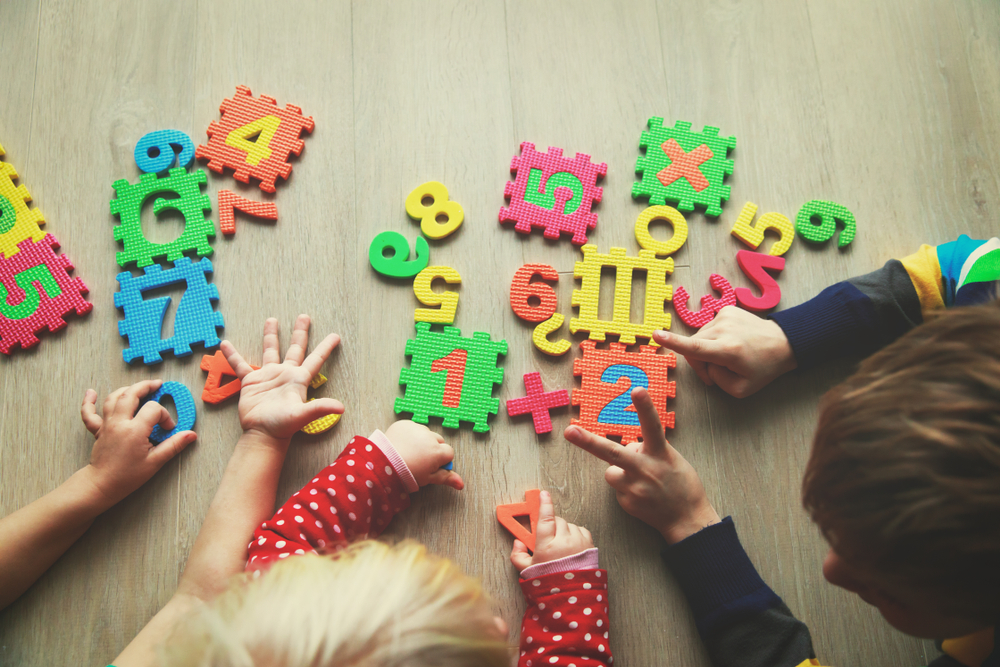Identifying differences Worksheets for Ages 5-8
3 filtered results
-
From - To
Enhance your child's cognitive development with our specially designed "Identifying Differences Worksheets for Ages 5-8." These engaging activities encourage young learners to sharpen their observation skills by finding and analyzing differences between a variety of images and patterns. Ideal for classrooms or at-home learning, our worksheets cater to the growing minds of children aged 5-8, fostering critical thinking, attention to detail, and problem-solving skills. Printable and easy to use, these sheets are perfect for parents and teachers seeking to provide quality educational content. Visit Kids Academy for a wide range of printable worksheets that make learning fun and effective!
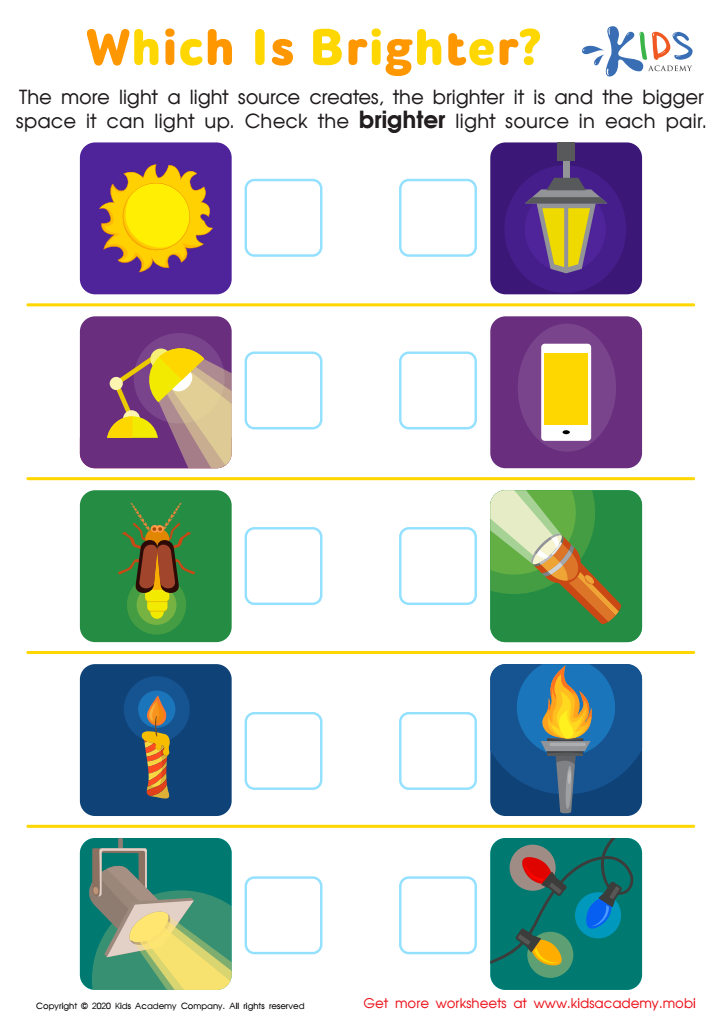

Which Is Brighter? Worksheet
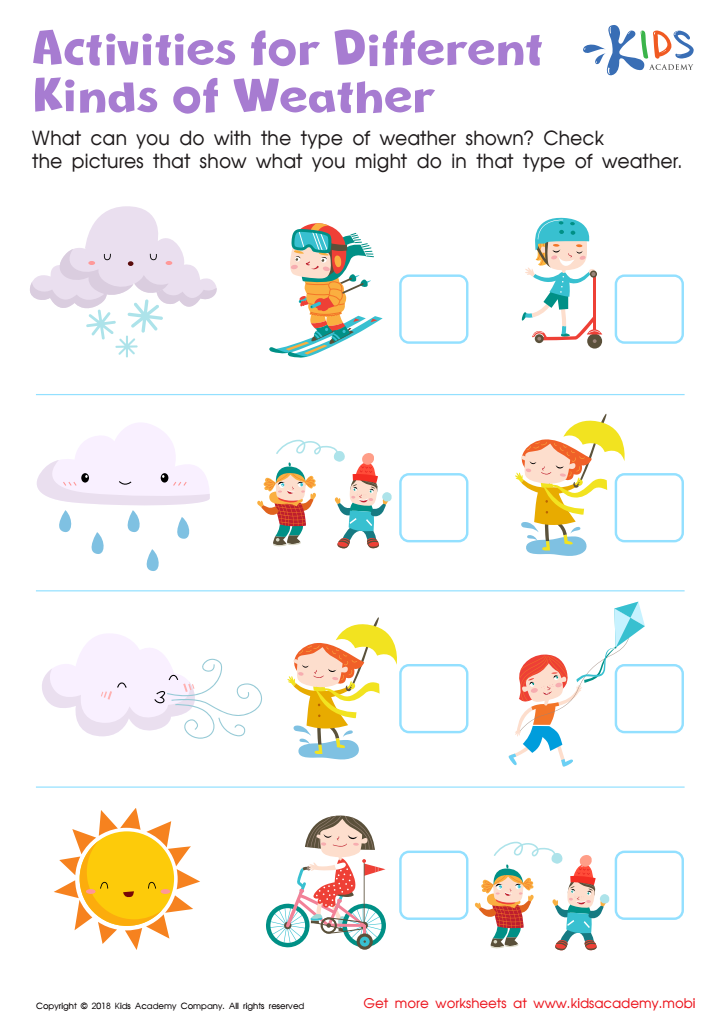

Activities for Different Kinds of Weather Worksheet
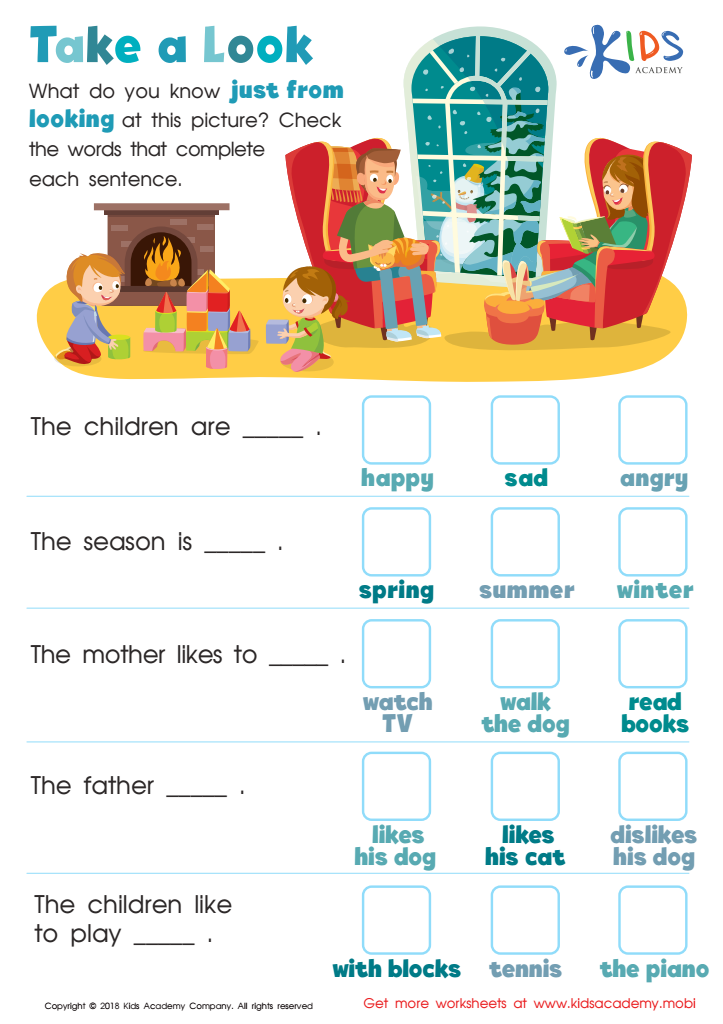

Take a Look - Part 1 Worksheet
Understanding and identifying differences among children aged 5-8 is essential for several reasons related to their development and learning. During these formative years, children are laying the groundwork for their future academic, social, and emotional development. Recognizing differences helps in adopting individualized approaches to education, ensuring that each child's unique needs and learning styles are met. For instance, some children might excel in reading but struggle with math, requiring targeted interventions and support in specific areas.
Moreover, acknowledging differences promotes inclusivity and empathy. By recognizing and respecting diverse backgrounds, abilities, and interests, teachers and parents foster an environment where every child feels valued and understood. This inclusivity nurtures self-esteem and encourages collaborative learning among peers.
Understanding differences also aids in the early detection of developmental delays or learning disabilities. Early intervention can significantly improve outcomes for children with challenges, providing them with tailored support that can enhance their overall educational experience.
In summary, identifying differences among young children ensures a holistic approach to education, fostering an inclusive, supportive, and adaptive environment. This individualized attention not only maximizes each child’s potential but also builds a strong foundation for lifelong learning and social skills.
 Assign to My Students
Assign to My Students





